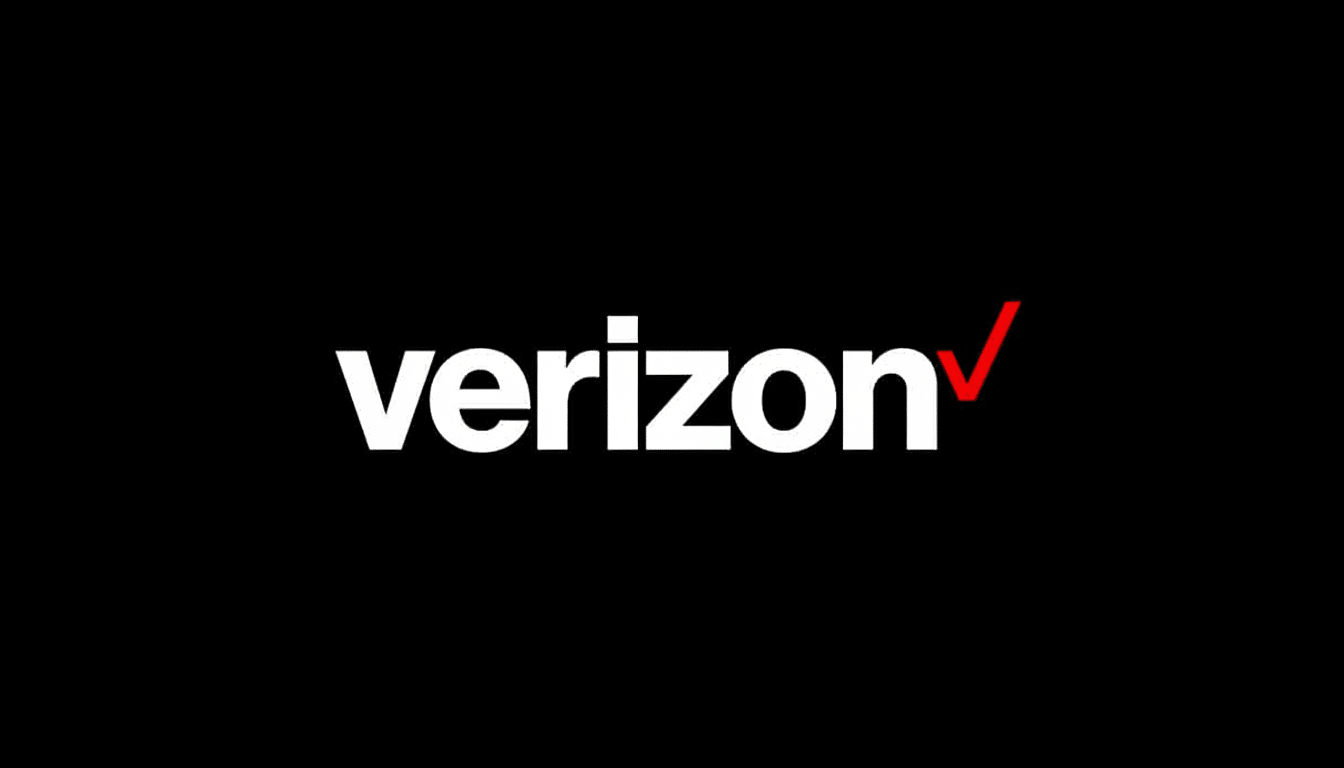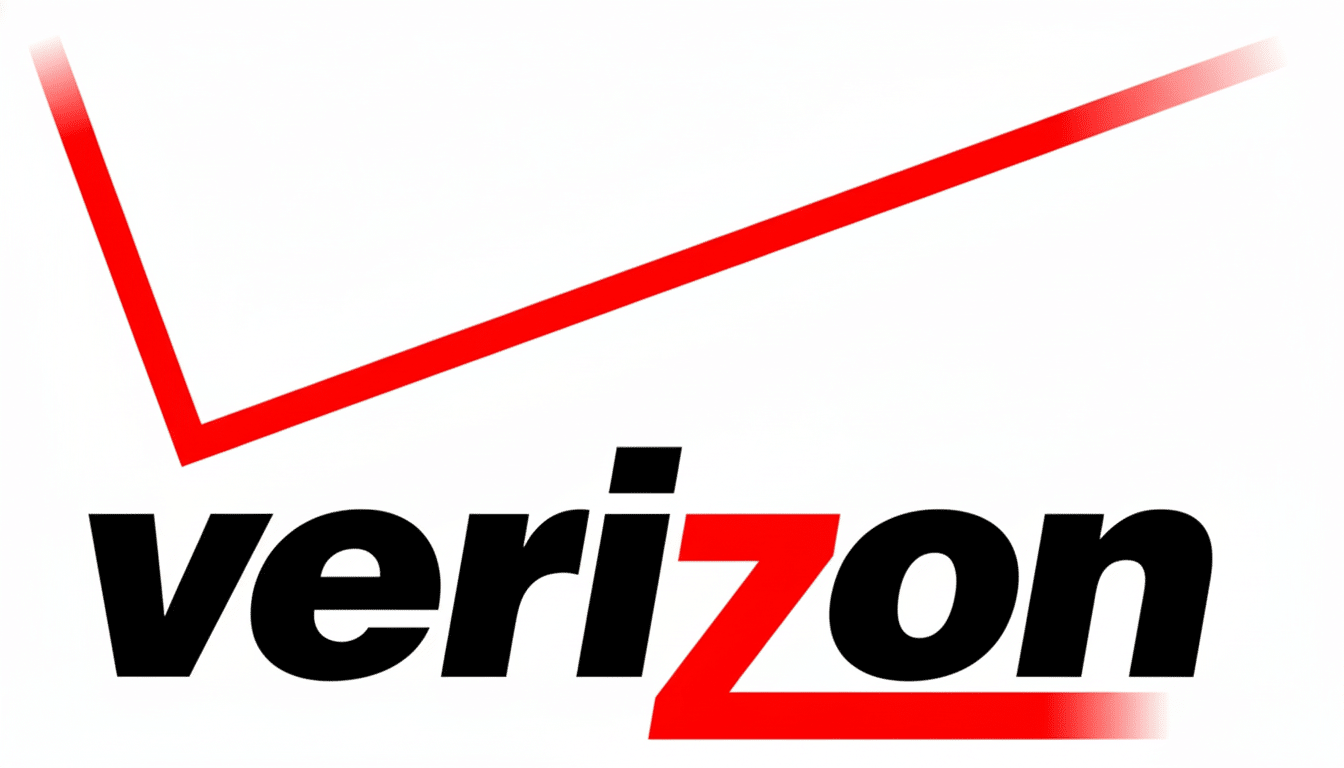AST SpaceMobile has landed a marquee agreement with Verizon to bring space-based cellular service across the United States, pitting the startup against SpaceX’s direct-to-device foray with T-Mobile in a race to offer unfettered mobile phone access anywhere on Earth. Verizon will integrate AST’s satellite network with its ground-based systems and support the service with low-band 850 MHz spectrum to ensure coverage in locations where towers do not reach.
Financial terms were not disclosed, although the agreement is an expansion of a previous commitment Verizon entered to bring forward AST’s rollout. Investors cheered the move, pushing AST shares up over 15% after that announcement, showing a belief that carrier alignment is more and more crystallizing around direct-to-cell.

Why Verizon’s 850 MHz Spectrum Matters for Coverage
Low-band spectrum such as 850 MHz can travel across greater distances and through obstacles more effectively than mid-band frequencies, which is important when speaking to phones on the ground from hundreds of kilometers above them.
The trade-off is capacity: early services may provide multi‑megabit speeds and basic voice, text, and data, before the throughput matches its potential when more satellites are launched—initial systems will dedicate some channels to ensure coverage worldwide.
AST’s solution is designed around enormous phased-array antennas in space that complete the link to unmodified smartphones using 3GPP Release 17 non-terrestrial network (NTN) standards. The firm’s BlueWalker 3 prototype, with an approximate area of 693 square feet, was powered on and carried out real-world trials of voice and video calls using 4G and 5G that bode well for the direct-to-device concept.
Racing For Space With SpaceX And T-Mobile Heats Up
Competition is accelerating. SpaceX has begun to turn on service for direct-to-cell messaging and is working toward broadband with the mid-band spectrum of T-Mobile, as well as moving to boost its spectrum assets through deals estimated in the tens of billions of dollars. The competition is now divided along two strategic lines: AST is betting on carrier low-band for reach and early reliability; SpaceX’s scale and speed of launching—and deploying capacity—are the way forward.
AST already has a 10‑year deal with soon-to-be-vanishing Vodafone, meaning Verizon is its second big-time carrier and the company has an inlet on both sides of the Atlantic.
That might mean continuity of coverage for consumers along highways, rural communities, the coast and disaster zones — which is also where terrestrial networks are thin or vulnerable.

From Demos to Scaling Direct-to-Cell Service Nationally
AST has launched its first five BlueBird satellites into low Earth orbit in an initial “Block 1” to offer regular U.S. coverage as it further builds them in Midland, Texas. The new batch is denser than the first generation, and by 2026 the company aims to have a “Block 2” carrying as many as 45–60 satellites, enhancing availability, increasing data rates, and being able to serve more simultaneous users.
Scaling is the hard part. It demands close coordination across satellite capacity, spectrum planning and core network integration so that a phone can seamlessly roam between terrestrial towers and satellites without users noticing. AST says its tests have shown that the link budget works with everyday devices, and the next milestone is to maintain these links across millions of sessions throughout peak hours.
Regulatory Tailwinds and Obstacles for Direct-to-Device in the US
In the United States, regulators have set the groundwork through a framework known as “Supplemental Coverage from Space,” which permits satellite operators to utilize a mobile carrier’s licensed spectrum in uncovered territory, so long as interference protections and coordinated sharing take place. The FCC has emphasized coexistence with terrestrial networks and cross-border protections, which are critical for low-band service that travels a long way.
Globally, the opportunity is vast. According to GSMA, around 5% of the world’s population (or around 400 million people) are still not covered by mobile broadband. Direct-to-device satellites will not replace dense urban networks, but they can eliminate “coverage gaps” that still exist in rural areas, on maritime routes and in national parks where the economics of building towers don’t work.
What to Watch in the Next 12 Months for AST and Verizon
There are three signals to watch if this Verizon deal is a tipping point:
- On-orbit performance of Block 1 in seasonal and geographic stress tests
- Factory throughput and supply chain stability for Block 2
- Real-world user experience as Verizon turns on satellite roaming for voice, text, and data in selected markets
If AST comes to pass, Verizon will have a dwarfing response to SpaceX and T-Mobile’s jump-start, and a technology that could provide it with an option for hardening its network for public safety, enterprise field operations, and consumer travel. If the ramp contests persist, pressure will intensify as competitors further expand coverage and entrench themselves with more spectrum. Either way, direct-to-device is going from promise to product—now with Verizon making a very visible bet on AST SpaceMobile.

